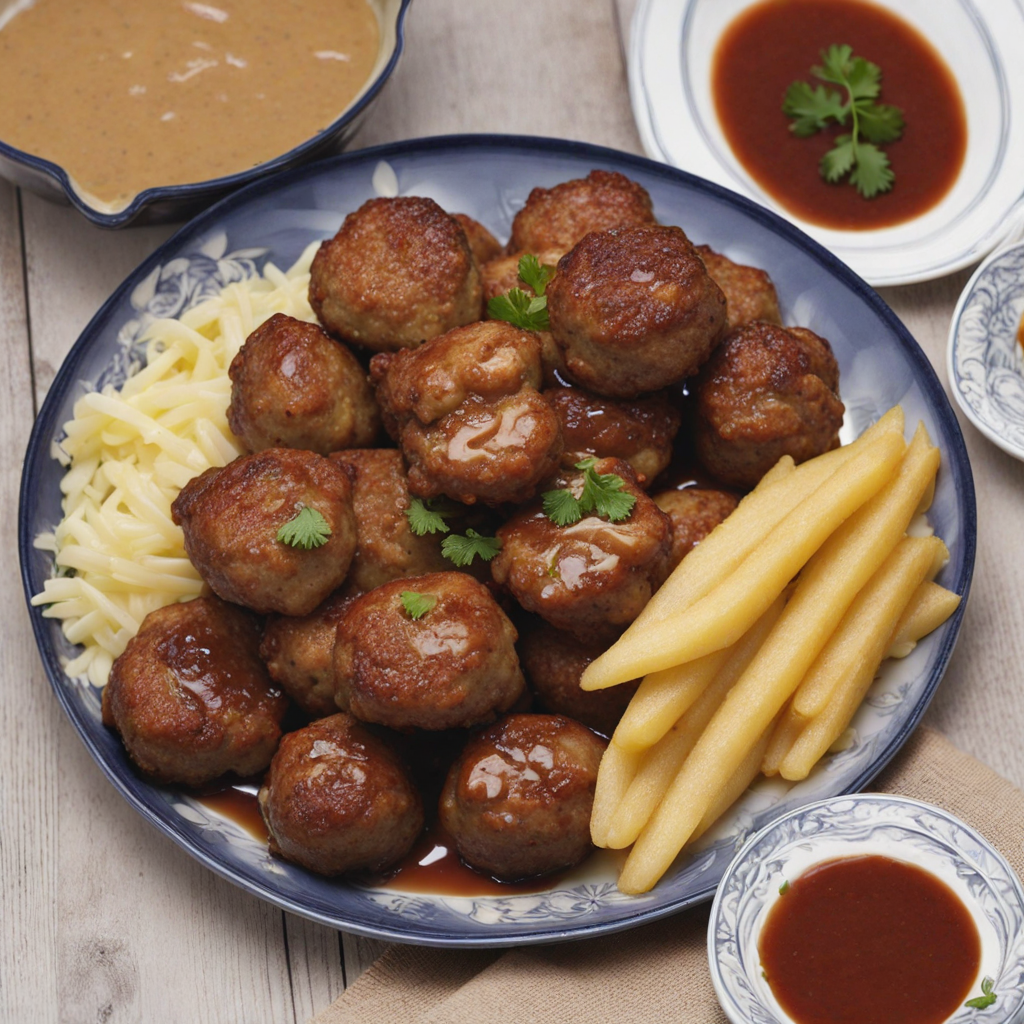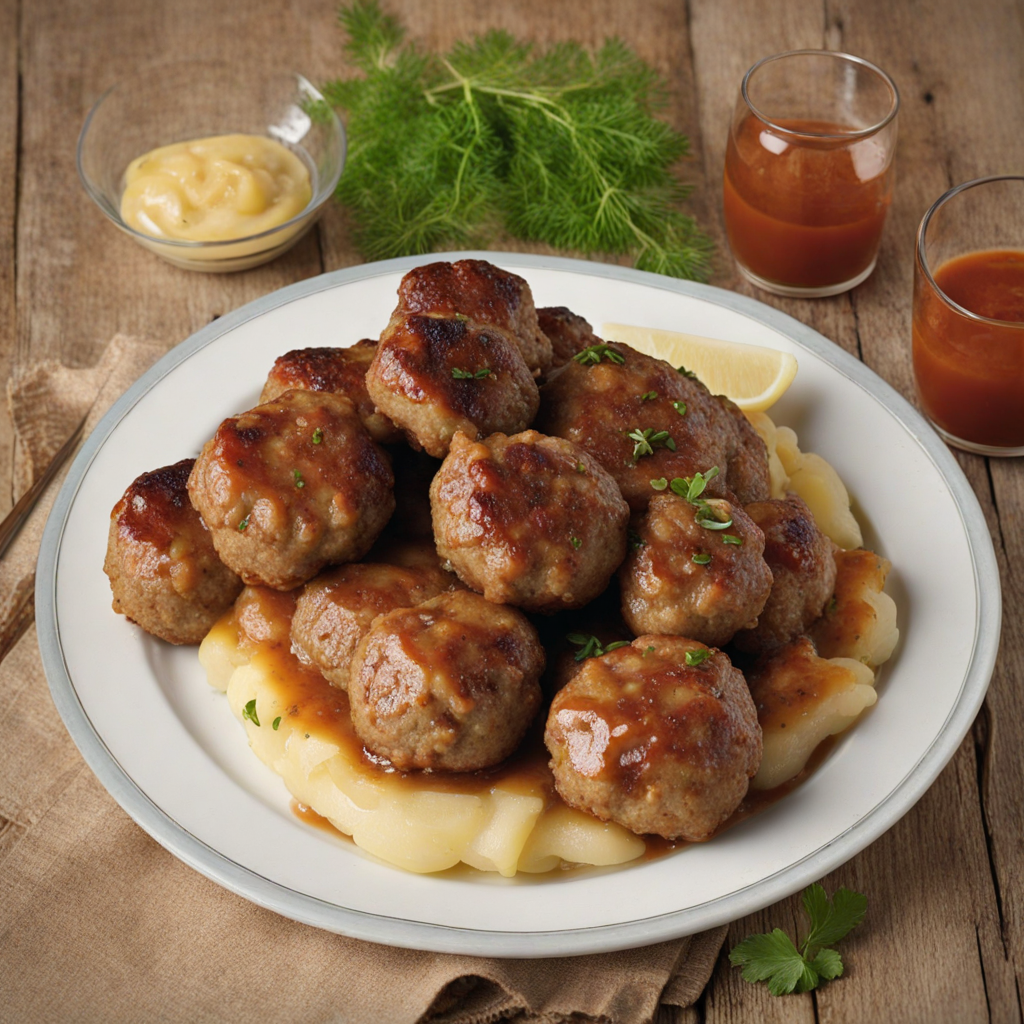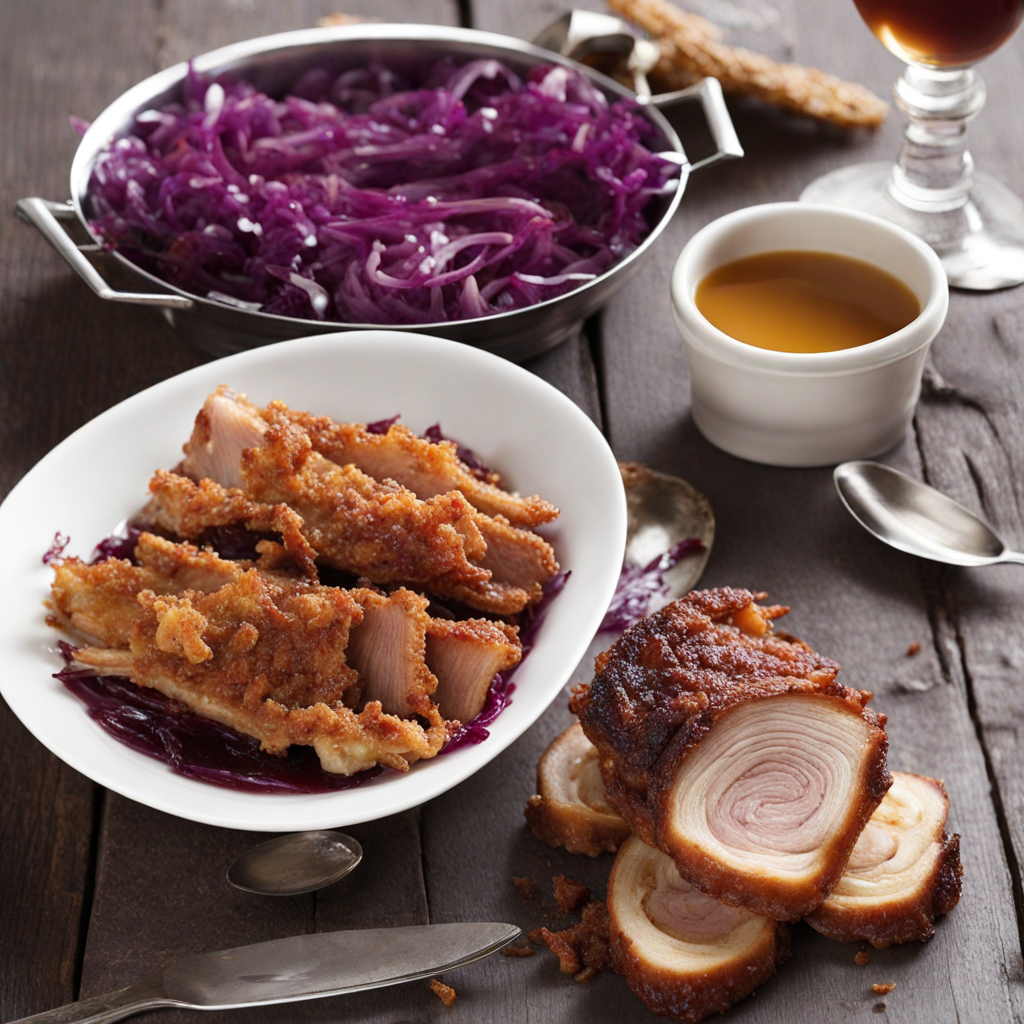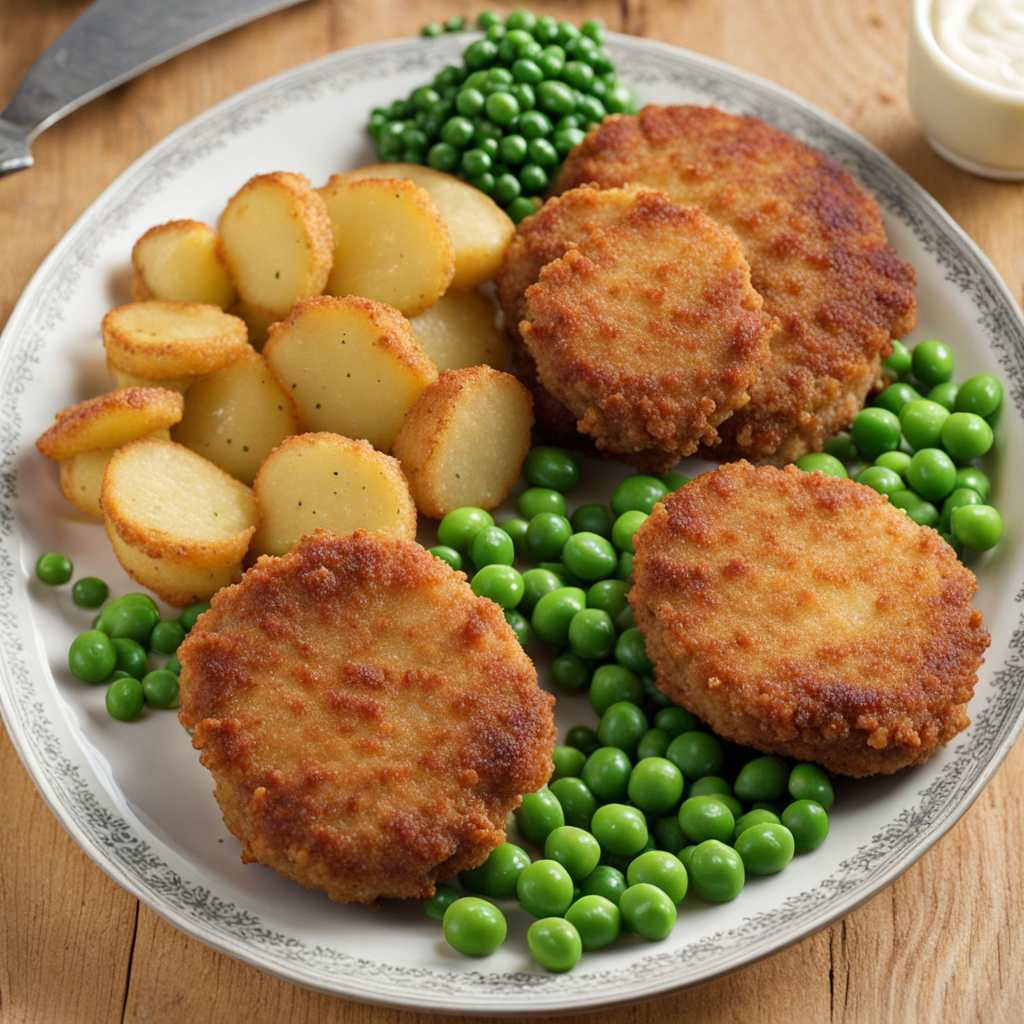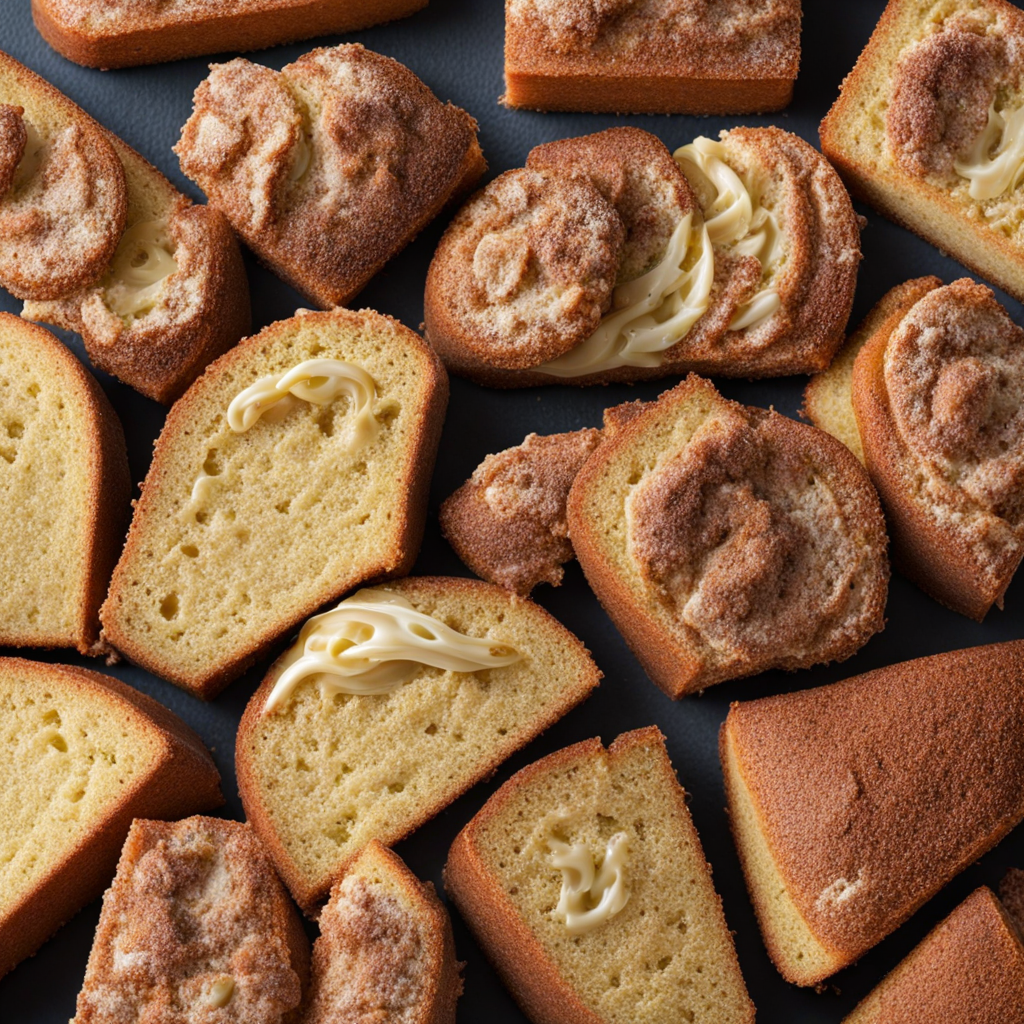Frikadeller
Frikadeller are a traditional Danish dish that can be best described as flavorful pan-fried meatballs. Typically made from a mixture of ground pork and beef, these meatballs are seasoned with a blend of onions, salt, pepper, and sometimes spices like nutmeg or allspice. The combination of meats gives Frikadeller a rich and savory taste, while the onions add a subtle sweetness that enhances the overall flavor profile. The mixture is shaped into patties and fried until golden brown, resulting in a crispy exterior and a juicy, tender interior that is simply delightful to bite into. Served as a main dish, Frikadeller can be enjoyed in various ways. They are often accompanied by a hearty side of boiled potatoes and a creamy white sauce or gravy, creating a comforting and satisfying meal. Additionally, they are commonly paired with pickled cucumbers or lingonberry jam, which adds a tangy contrast that elevates the flavors. Frikadeller can also be served cold in a sandwich or on a rye bread, making them versatile for any time of the day. The experience of tasting Frikadeller is truly unique, as it captures the essence of Danish home cooking. The combination of textures—from the crispiness of the outside to the moistness of the inside—along with the balance of savory and slightly sweet flavors, makes it a dish that resonates with both nostalgia and comfort. Whether enjoyed at a family gathering or as a casual meal, Frikadeller embody the warmth and heartiness of Danish cuisine, inviting you to savor each bite.
How It Became This Dish
Frikadeller: A Culinary Journey Through Danish History Frikadeller, the beloved Danish meatball, is not just a dish; it is a cultural emblem that encapsulates the essence of Danish home cooking and social life. These savory morsels, typically made from ground meat mixed with flour, eggs, onions, and various seasonings, reflect Denmark’s agricultural roots, historical influences, and the evolution of its cuisine over centuries. Origins and Early History The term "frikadelle" is believed to have originated from the French word "fricassée," a term used for a dish involving meat cooked in a sauce. However, the concept of meatballs itself can be traced back to ancient times, with variations found across numerous cultures, including the Roman, Greek, and Arabic cuisines. The earliest records of meatballs in Denmark date back to the Middle Ages when meat was typically a luxury item, and cooking practices were heavily influenced by the availability of local ingredients. In Denmark, the use of minced meat became more common as preservation methods improved, particularly with the advent of refrigeration in the late 19th century. This technological advancement allowed for greater experimentation in cooking, and soon frikadeller emerged as a popular dish among the working class. They provided a way to utilize leftover meat and were often made with a mixture of pork and beef, seasoned with spices and herbs, and served with a variety of sides. Cultural Significance Frikadeller is more than just food; it is a staple of Danish family life and celebration. Often served with boiled potatoes, brown gravy, and a side of pickled red cabbage, frikadeller holds a place at the table during both everyday meals and festive occasions. The dish embodies the spirit of "hygge," a Danish concept that emphasizes coziness, comfort, and togetherness. In Danish culture, cooking frikadeller is a cherished family tradition. Many families have their own secret recipes passed down through generations, making the dish a symbol of heritage and identity. The communal aspect of preparing and enjoying frikadeller reflects the importance of family gatherings in Danish society, where food often serves as a medium for storytelling and connection. Development Through the Ages As Denmark entered the 20th century, frikadeller began to evolve alongside changing societal norms and culinary practices. The Industrial Revolution brought about urbanization, and with it, a shift in the way food was prepared and consumed. While frikadeller remained a staple in households, ready-made versions became available, making it easier for busy families to enjoy this traditional dish without the effort of making it from scratch. The post-World War II era saw a renewed interest in traditional Danish cuisine, as people sought comfort in familiar flavors amidst the challenges of modern life. Frikadeller, with its hearty ingredients and straightforward preparation, resonated with the population. Furthermore, the rise of the New Nordic Cuisine movement in the early 21st century brought a renewed focus on local ingredients and traditional recipes, leading to a renaissance of frikadeller in contemporary Danish dining. Ingredients and Variations While the classic frikadeller recipe typically includes ground meat, onions, flour, eggs, and seasonings, variations abound depending on regional preferences and seasonal ingredients. Some modern interpretations incorporate ingredients such as herbs, garlic, or even cheese, while others may substitute traditional meats with poultry or plant-based alternatives to cater to changing dietary preferences. In addition to the traditional accompaniments of potatoes and gravy, frikadeller can be served with a variety of sides, including fresh salads, bread, or dipping sauces. The versatility of this dish allows for creativity while still honoring the original flavors that define frikadeller. Frikadeller in the Modern Context Today, frikadeller remains a quintessential part of Danish cuisine, enjoyed in homes, restaurants, and even at street fairs. Culinary festivals often showcase this beloved dish, allowing chefs to experiment with innovative takes while still paying homage to its traditional roots. The ongoing popularity of frikadeller speaks to its adaptability and the enduring appeal of comfort food in a rapidly changing world. Moreover, frikadeller has crossed borders, with Danish expatriates introducing the dish to international communities. In some places, it has become a symbol of Danish culture, representing the warmth and hospitality of the Danish people. This global reach highlights how food can serve as a bridge between cultures, fostering connections and understanding through shared culinary experiences. Conclusion Frikadeller is more than a simple meatball; it is a reflection of Danish history, culture, and family traditions. From its humble beginnings as a way to utilize leftover meats to its status as a cherished national dish, frikadeller embodies the spirit of Danish cuisine. Its evolution over time showcases the resilience of cultural practices in the face of modernity, while its continued presence on dining tables across Denmark and beyond attests to the power of food to bring people together. In a world that often feels disconnected, frikadeller stands as a testament to the importance of home-cooked meals, family connections, and the joy of sharing food with loved ones. Whether enjoyed in a cozy kitchen or at a bustling street fair, frikadeller remains a symbol of comfort, community, and culinary tradition, ensuring that this delightful dish will continue to be a cherished part of Danish culture for generations to come.
You may like
Discover local flavors from Denmark


